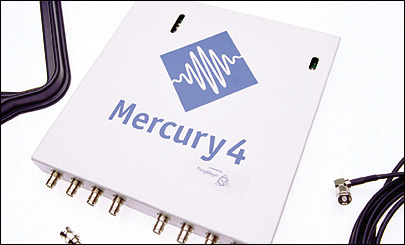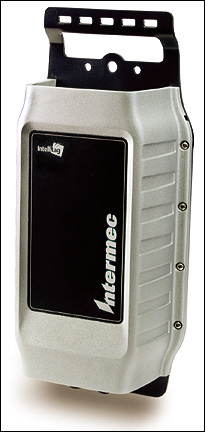The task of deploying a large infrastructure of passive, ultrahigh-frequency RFID interrogators has been far easier in the United States than in Europe. The European Union‘s regulatory landscape makes it difficult to operate multiple interrogators in a single facility. A lack of available Gen 2 interrogators also has hampered RFID deployments.
But that’s starting to change. Gen 2 interrogators, which have an optional dense-reader mode that makes it easier for multiple interrogators in close proximity to operate simultaneously, are making their way overseas. And makers of RFID interrogators are offering firmware that enables them to operate within European Telecommunications Standards Institute (ETSI) regulations.

In the United States, interrogators can transmit over 50 channels in the 902-to-928 MHz range. To keep RF signals from interfering with each other in Europe’s narrower UHF band, which consists of just 10 channels from 865.6 MHz to 867.6 MHz, ETSI regulations say interrogators must listen to each channel within the permissible band before transmitting over it, using a method called “listen before talk.” With ETSI-compliant firmware, interrogators transmit only in the appropriate channels and follow the listen-before-talk protocol.
A few manufacturers developed firmware to make the earliest Gen 2 interrogators compliant with ETSI. Most manufacturers that did not build ETSI compliance into their Gen 2 firmware are either releasing new interrogators that do comply or are packaging existing models with ETSI-compliant firmware.
ETSI is working with RFID vendors to further refine its regulations, in an effort to make large installations of Gen 2 interrogators function more efficiently. The group is testing new ways to synchronize transmissions to boost UHF RFID performance in Europe, so the firmware available today will likely evolve to meet the new regulations.
“We have solutions in place in Europe, and we’re working with customers” to improve performance in accordance with their needs, says Anthony Bartolo, vice president and general manager of Symbol Technologies‘ wireless infrastructure and RFID divisions. Symbol is looking forward to a single solution in Europe when ETSI completes its current testing, he adds.


